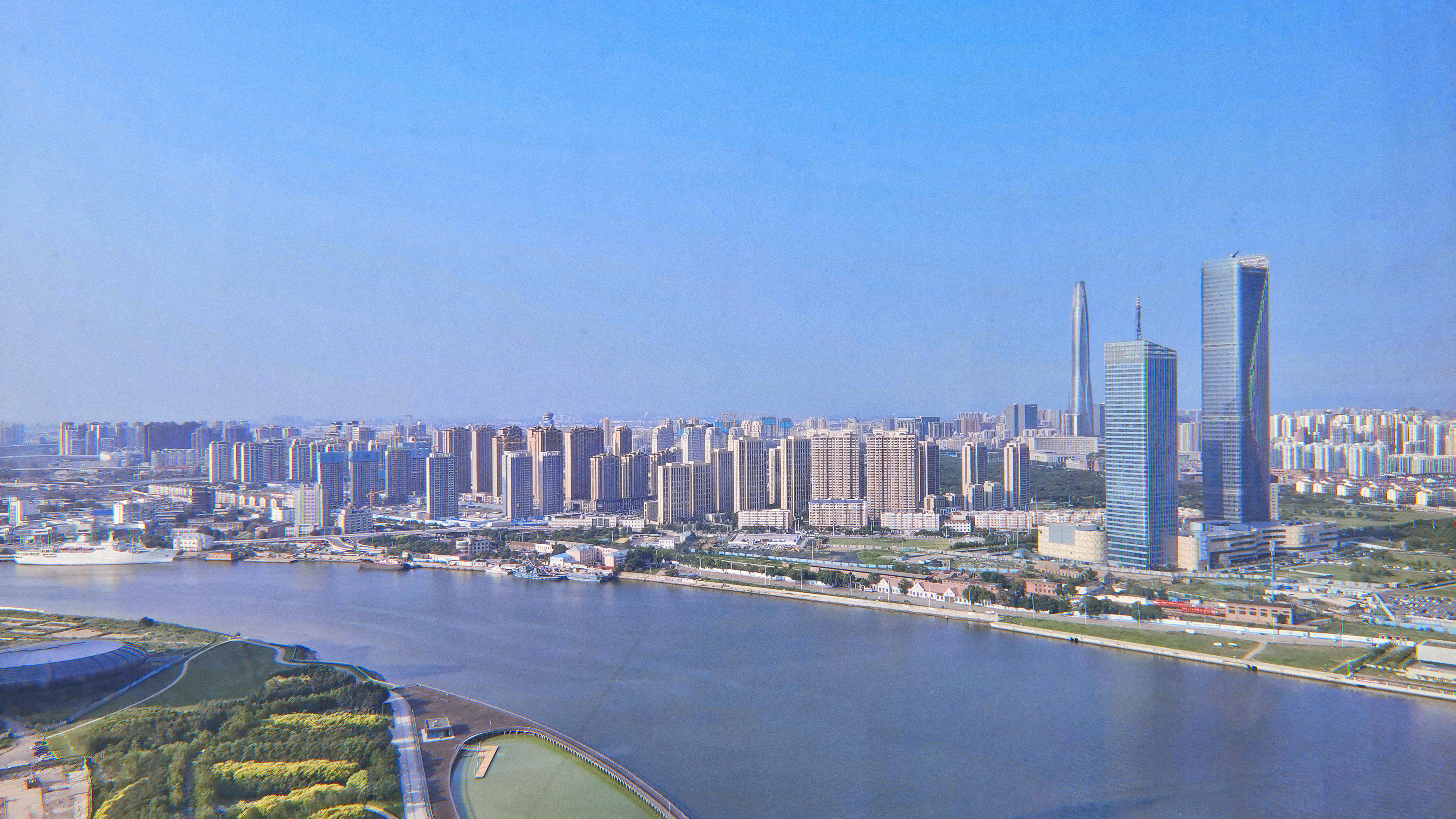Smithian growth

The idea of Smithian growth has flourished in the 21st century, even though it is not very Smithian, in the sense that Smith was averse to all maxims of economic development. (The possible exception was his youthful pronouncement, recounted Dugald Stewart, "Life of Smith," in Smith, Essays on Philosophical Subjects, p. 322.by Dugald Stewart, that "little else is requisite to carry a state to the highest degree of opulence... but peace, easy taxes, and a tolerable administration of justice.")
The varieties of Smithian growth have started, in general, with the two conditions described in the first pages of the Wealth of Nations -- the division of labour and the extent of the market -- and have evolved from there in strikingly different directions. The paper Haim Barkai, "A Formal Outline of a Smithian Growth Model," The Quarterly journal of economics, 1969, Vol.83 (3), p.396-414, 400, 414. of 1969 with which the idea entered the scholarly literature was a "restatement of Smith's model" to the effect that "'technical efficiency' (of equipment) increases with the increase in the ratio of capital to labor," and a recognition of the "cardinal role of technology in Smith's system." In a 1997 paper Morgan Kelly, "The dynamics of Smithian growth," The Quarterly journal of economics, 1997, Vol.112 (3), p.939-964, 941., by contrast, the (Smithian) "model abstract[ed] from all other sources of growth: private capital accumulation, technological progress, and learning by doing."
The Smithian "mechanism" was rather a condition of the organization of labor, according to a paper Scott Ortman and Jose Lobo, "Smithian growth in a nonindustrial society," Science advances, 2020, Vol.6 (25), p.eaba5694-eaba5694, p. 5.from 2020, as studied in the resilient populations of pre-Hispanic New Mexico: "Smithian growth is a manifestation of the effects of increased market (population) size and interaction rates for socioeconomic organization, the diversity of tasks and tools, and productivity (both individual and group level). From this perspective, the phenomenon of the division and coordination of labor emphasizes information and communication in networks."
For economic historians, the idea of Smithian growth has mostly been an indicator of difference. It was what happened before the industrial revolution, or the large scale use of inorganic sources of energy, or the enlightenment culture of innovation; it was also something that happened elsewhere, in space as well as time, in southeast China, during Smith's lifetime, or in maritime south India.
The history of economic growth is of necessity teleological, in the sense that it is a history of change over time, from the perspective of the present (or the end of the story.) If the role of economic history is to inquire into a universal destiny -- "'why are some countries rich Robert C. Allen, Global Economic History (Oxford, 2011), p. 1.and others poor?'" -- then the versions of growth that turned out to have been unsustained were of little interest. (There is very little macro or culturalist or institutionalist economic history of economic decline, as distinct from economic precocity; of the regress of ingenuity in the English provinces, the erosion of property rights, the "net effect of religion," and so on.)
It is the perspective of the present that makes Smithian growth so interesting in this tercentenary year, and even so full of possibilities. For the story has not ended, and it is the economic growth of the 19th century that now seems unsustainable. The point is not to imagine a return to the material conditions of the late organic economy, or to a Malthusian world, constrained by the "limits to growth [as] set by physical and biological factors E. A. Wrigley, Energy and the English Industrial Revolution (Cambridge, 2010), p. 17. ." It is rather to understand the details of how different individuals and enterprises prospered -- and became comfortable -- in the world that Smith described in the Wealth of Nations.
The divergences among modern ideas of Smithian growth are the outcome, in part, of different understandings of technology. In the heroic narratives of the (English) industrial and ingenious revolutions, it was a specific set of technologies -- of metal-working, or of the steam-engines (and "fire engines") used in the mining and distribution of coal -- that represented economic modernity. The steam engines, at least, were in this sense post-Smithian technologies. But there were other changes, described by Smith himself, that can also be thought of technologies. In the technical-efficiency-of-capital version of Smithian growth, it was the "greater stock of materials and tools," as well as the "variety of new machines," that became central to the model The Wealth of Nations, quoted in Barzai, "A Smithian Growth Model," p. 399..
The materials that Smith invoked with such enthusiasm in the Wealth of Nations -- alum, lead, tin, lapis calaminaris -- were intermediate goods, in modern terms. Alum was used in fixing colours in the textile industry, and calamine in medical remedies. Coal, or "coals," amounted to no more than a small part of the materials of the early modern economic revolution. The ingenuity of the skilled dyers or teinturiers See Emma Rothschild, "Where is Capital?" in Capitalism: A Journal of History and Economics, 2021, pp. 291-371. who were so important in the economic successes of 18th-century France was itself a technology; in Smith's description, The Wealth of Nations, p. 77."a dyer who has found the means of producing a particular colour with materials which cost only half the price of those commonly made use of, may, with good management, enjoy the advantage of his discovery as long as he lives."
The present is always slipping away, and it is impossible to avoid the teleology of economic history; of how we got to where we are. There are new heroic narratives, now, to do with the historical origins of the enduring "synergy"
Xinhua issues research report on Xi Jinping's economic thought, March 2, 2023.
https://english.news.cn/20230302/62d2965b6af64234876cb97febbb3ad7/c.htmlbetween "government and the markets," in contemporary China; or of "industrial enlightenment [as seen] through the lens of Silicon
Fredrik Albritton Jonsson, "The Industrial Revolution in the Anthropocene,"
The Journal of Modern History, 2012, Vol.84 (3), p.679-696.Valley." But the "division and coordination of labor [that] emphasizes information and communication in networks," as in the efficiency-of-labour version of Smithian growth, is itself a technology. So too is the unindustrial innovation that Smith described
The Wealth of Nations, p. 756.in the economic life of 18th-century banking and insurance, "of which all the operations are capable of being reduced to what is called a Routine, or to such a uniformity of method as admits of little or no variation."

To see the possibilities of Smithian growth, amidst the existential threat of climate change, is not to imagine a world without new technologies, or without economic growth. It is rather to imagine different sorts of technologies. A world without growth would be a purgatory of inequality. It would be a desolation, in particular, of the unequal distribution of heat and cold. Poverty was the cause of infant mortality, in Smith's description The Wealth of Nations, pp. 97, 874.of the Highlands of Scotland. In "so cold a soil and so severe a climate," the young children of poor mothers "wither" and "die;" fuel, "in a country where the winters are so cold as in Great Britain," is "in the strictest sense of the word, a necessary of life."
Is air conditioning, now, a necessary of life? Life is comfortable, in hot summers, if one lives in a well-designed and well-ventilated house, in a garden planted with shady trees. But 1.7 billion people, in the early 21st century, are exposed to
intense urban heat
Cascade Tuholske, Kelly Caylor, Chris Funk, Andrew Verdin, Stuart Sweeney, Kathryn Grace, Pete Peterson, and Tom Evans, "Global urban population exposure to extreme heat," PNAS (2021).
https://www.pnas.org/doi/10.1073/pnas.2024792118. This is going to get worse, and it will affect more cities in more parts of the world. The children of the poor will wither and die, and so will the old. Amidst what Smith described
Early Draft of the Wealth of Nations, in Smith, Lectures on Jurisprudence, p. 564.as "so much oppressive inequality," in respect of the "conveniences and necessaries of life," it is only
economic growth
"The key ultimately is not to lose sight of the fact that GDP is a means and not an end… the ultimate goal remains one of raising the quality of life of the average person, and especially the worst-off person." Abhijit Banerjee and Esther Duflo, Good Economics for Hard Times (New York, 2019), p. 205., together with new technologies (of architecture or gardening or sustainable energy) that will make possible a world in which everyone has access to air conditioning, and in which it will be needed less.
The promise of Smithian growth is not to provide a new maxim of (sustainable) economic development. It is rather to offer glimpses of earlier episodes of economic improvement -- as in the detailed stories in which the Wealth of Nations is so rich -- that were antecedent to the very large-scale use of fossil fuels, not only in heating and cooling but in the transformation of production, consumption and mobility.
It is a possibility, in turn, of being able to think oneself into a different and more parsimonious way of imagining economic life. Smith's French devotee, the philosopher M.A.J. Condorcet, used strikingly modern language in evoking what would now be considered to be a frugal technology. He anticipated that with greater knowledge, public support for science and education, and the competition that would follow economic deregulation, "a more and more limited territory will be able to produce commodities of greater utility or higher value." As Condorcet wrote in his outline "Esquisse d'un tableau historique des progrès de l'esprit humain," in Condorcet, Oeuvres, ed. Arago and O'Connor (Paris, 1847-9), vol. 6, p. 256.of future progress, shortly after Smith's death in 1790, "the same industrial production will correspond to a lesser destruction of raw materials, or will be used in a more durable way. One will be able to choose output which satisfies a larger number of people, while demanding less real consumption. Thus, without any sacrifice, the means of conservation, of economy in consumption, will increase with technical progress."

| « What Smith saw | Capitalist externalities » |
